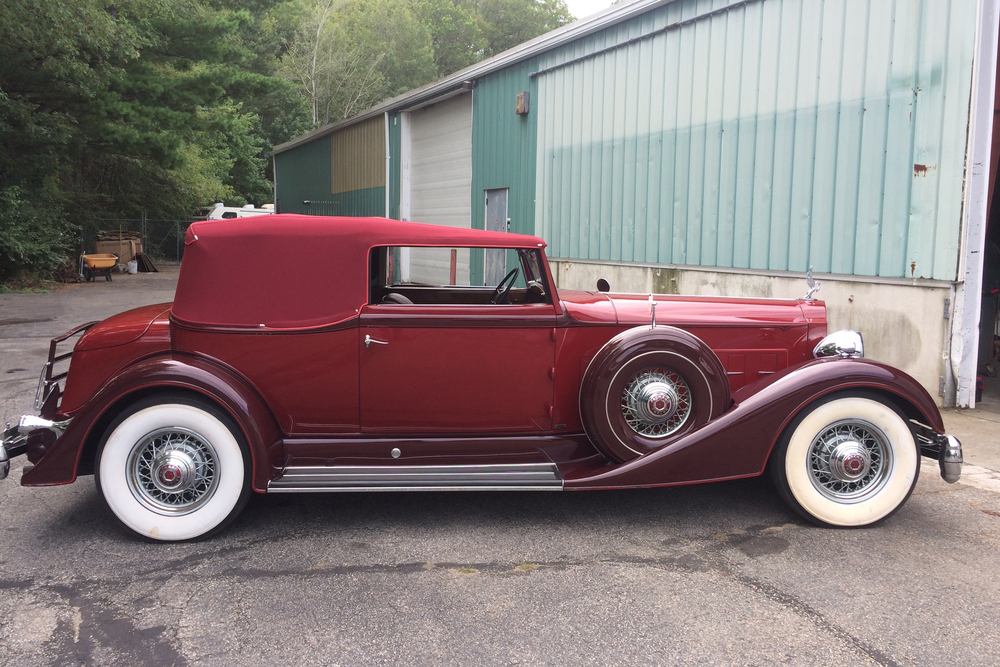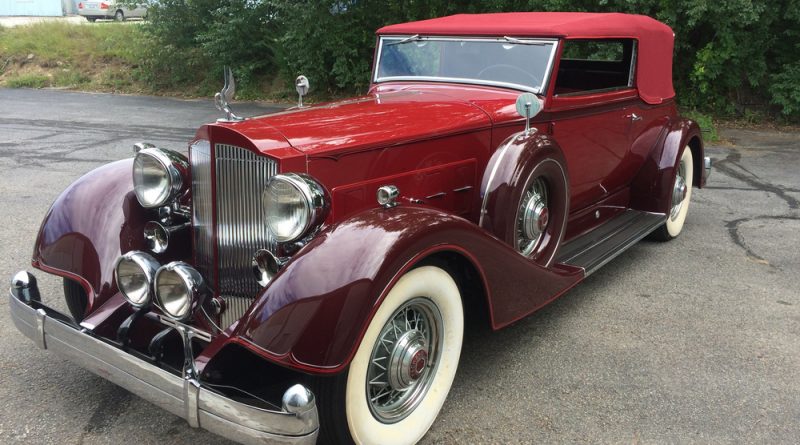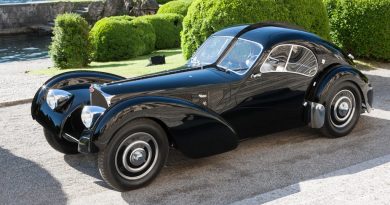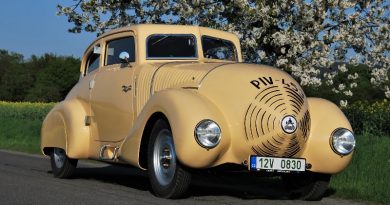1934 Packard Victoria V12 Convertible
The Packard Twelve was a range o V12-engined luxury automobiles built by the Packard Motor Car Company in Detroit, Michigan. The car was built from model year 1916 until 1923, then it returned 1933 until 1939. As a sign of changing times, the majority of second generation Packard Twelves received standard bodywork, with custom bodywork gradually losing favor. Many of the custom cars were actually only “semi-customs”, with Dietrich assembling Packard-made bodies with special touches.
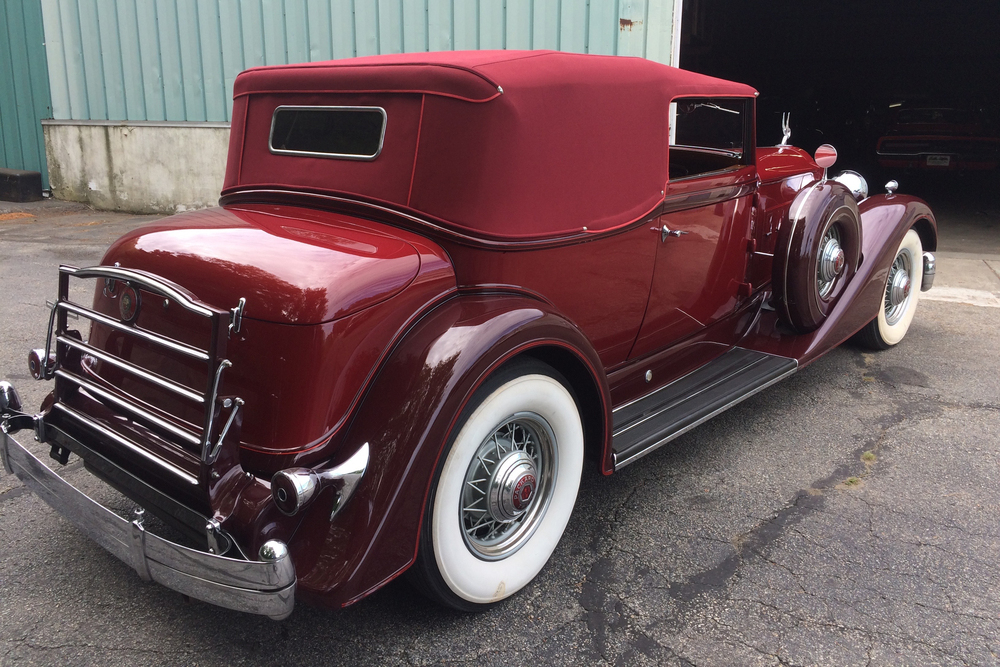
Packard’s magnificent 445.5 cubic inch V12 is arguably one of the greatest engines of the era. This example benefits from extensive servicing to ensure it delivers its 160 horsepower reliably and with the near-silence expected of a Packard Twelve. Recent work includes resurfaced heads installed using proper multi-layer head gaskets, top-end reseal, and a refurbished cooling system to include a new water pump and re-cored radiator. Also, the carburetor, fuel pump, and starter are freshly rebuilt and the fuel system cleaned and flushed. Detailing is to a high standard, with excellent chrome hardware and the heads, water pump and other items receiving a fresh coat of correct Packard Green paint, to bring the mechanical presentation up to near-concours levels.

The interior is finely preserved from a previous restoration, trimmed in dark red leather upholstery with matching carpets and panels. Front seats and rear seats are comfortable and roomy, and they show virtually no signs of use, remaining inviting and entirely up to the standards of the exterior cosmetics. During the recent restoration, the wood interior was removed and carefully refinished. The lovely painted woodgrain dash houses correct original instruments, and as this is a top-line model, there is an original factory radio centrally mounted in the fascia.
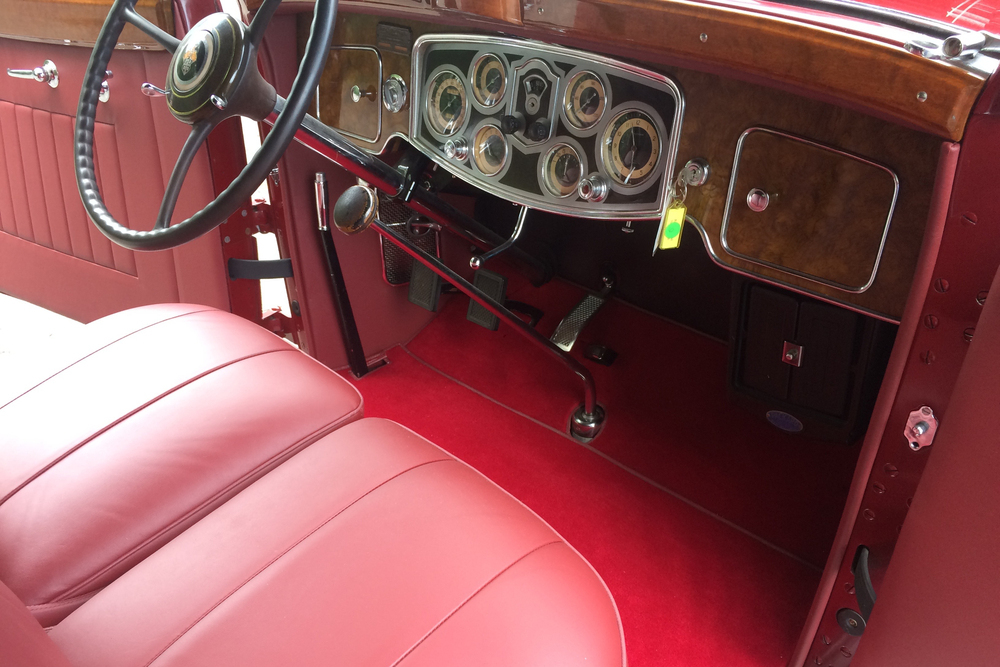
Among the very finest and most frequently honored restored examples, this superb twelve-cylinder Packard really is magnificent—a surefire crowd and judges’ favorite wherever it is to be shown with its next caretaker.
